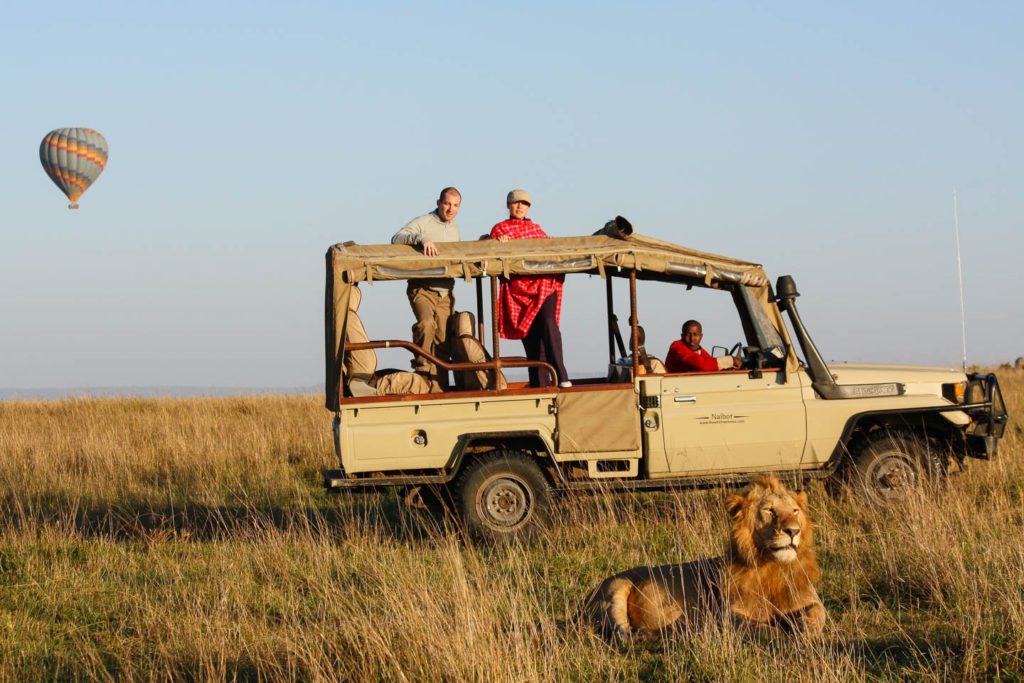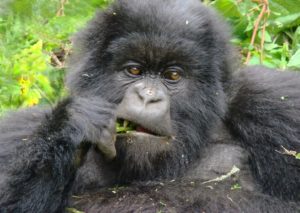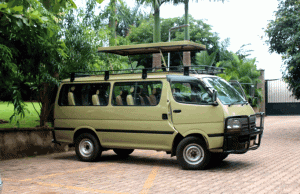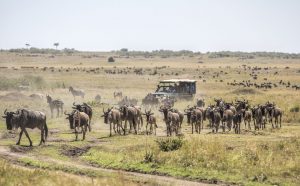
Kenya’s travel industry has been boosted by the booming tourism sector which attracts a huge number of visitors from across the world every time of the year. Tourists from around the world find themselves interested in Kenya’s wildlife species distributed in Kenya’s several National Parks and Reserves which among the top include Masai Mara National Reserve, Amboseli National Reserve, Samburu National Reserve, Lake Naivasha National Park and Tsavo National Parks and the list goes on.
Kenya is blessed with stunning wildlife, terrains, rift valleys, lakes, rivers and mountains making it one of Africa’s most visited countries and while visitors are here, not that there are several tours and travel agencies that they can book with to tour or travel through Kenya for leisure, business and study purposes among other reasons for their vacation.
The best time to visit Kenya
Just like any other country in the world, Kenya also has its best moments to visit as indicated below.
Peak Season
The most ideal time to travel to Kenya as a tourist is within the month of June throughout October then January to February for the best wildlife safaris in the National parks and reserves especially Masai Mara. This peak season means the climate is really dry so wildlife is spread all over the parks in abundance.
Shoulder Season
This is the season Kenya starts to receive relative amounts of rain from the months of November to December meaning there are less tourists coming into the country, therefore, the prices seem to fall down as compared to the peak season.
Off/low Season
This is the season when Kenya is receiving heavy amounts of rainfall from March to May. You find hotels lowering their tariffs throughout the country and be advised not to engage in any wildlife safaris because chances are high that you may not see the stunning wildlife species in these parks.
Visa Information
The Kenyan Immigration put in place clear and standard policy where all visitors are overly encouraged to acquire visas through an online system although they are issued upon arrival at all international ports of entry Jomo Kenyatta International Airport included.
Entry, Exit and Visa requirements:
A passport with two or more blank pages, valid for 6 months, and a visa.
Single entry-visas can be obtained online or upon arrival at all the international ports of entry but be informed that the Kenyan Immigration has plans to stop the issuance of visas upon arrival in the coming years.
Multi-entry visas are a must to be applied for before you embark on your travel to Kenya.
For more details and updated information regarding Kenya visa requirements, visit any of the Kenyan Embassy in your country of origin or residence.
Note: Failure to bear with you a yellow fever immunization proof may cause you denial of entry into Kenya. Make sure you obtain one before embarking on your travel to Kenya.
Safety and Security
Terrorism threats remain a threat in Kenya during religious holidays and days national importance but attacks are prone to happen any time so you are advised to be extremely careful when in Kenya.
Regions to avoid
Avoid the northeastern areas of Kenya including Garissa, Wajir and Mandera with close proximity to Somalia.
All the coastal counties of Tana River, Lamu and Kilifi north of Malindi provided you are not in the company of a guide.
The slums of Nairobi like Kibera and neighborhoods of Eastleigh then the dark and isolated corners which encourage violence, fatal criminal attacks, home break-ins, sexual assaults, burglaries, muggings, armed car jackings and kidnappings take place at any time.



